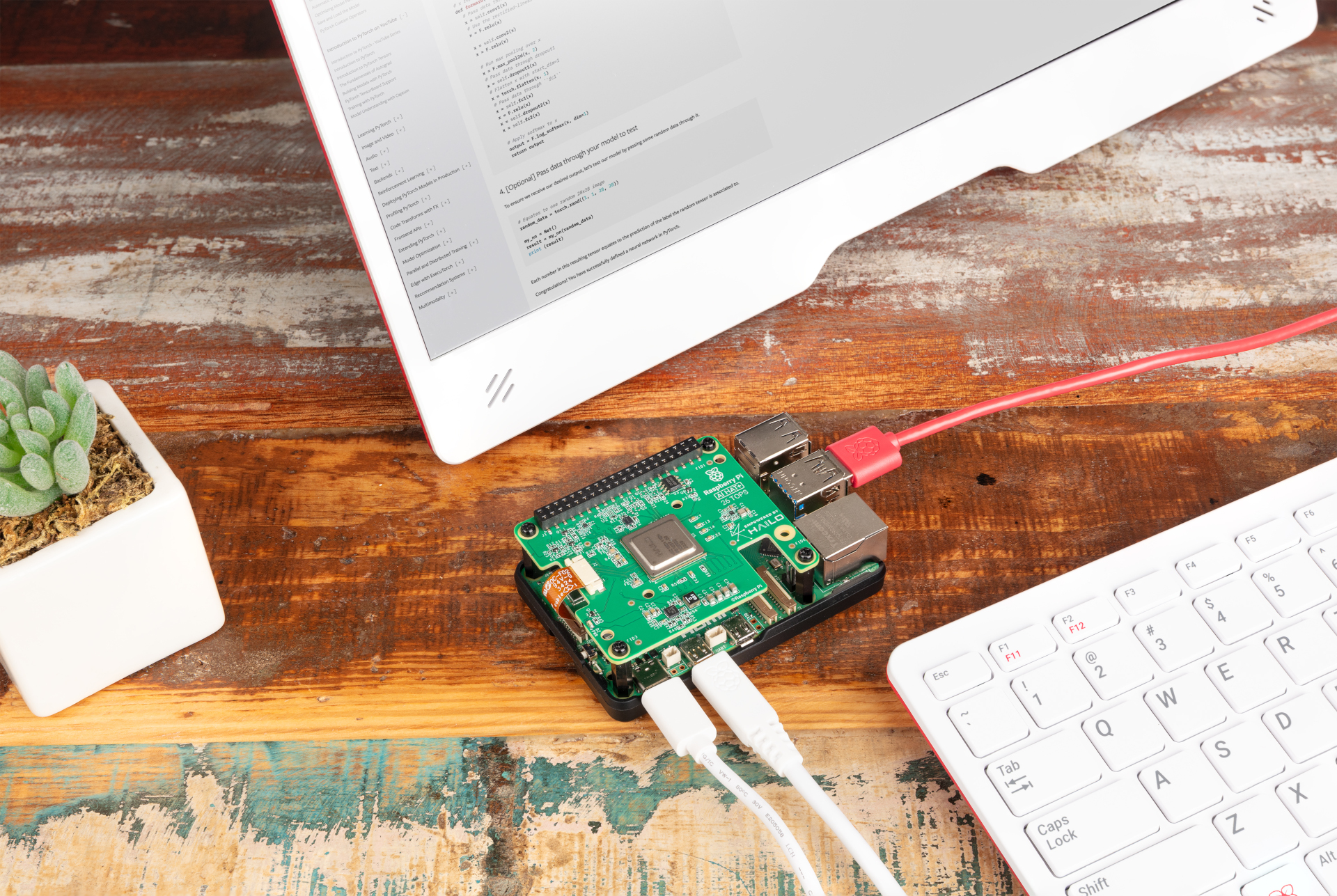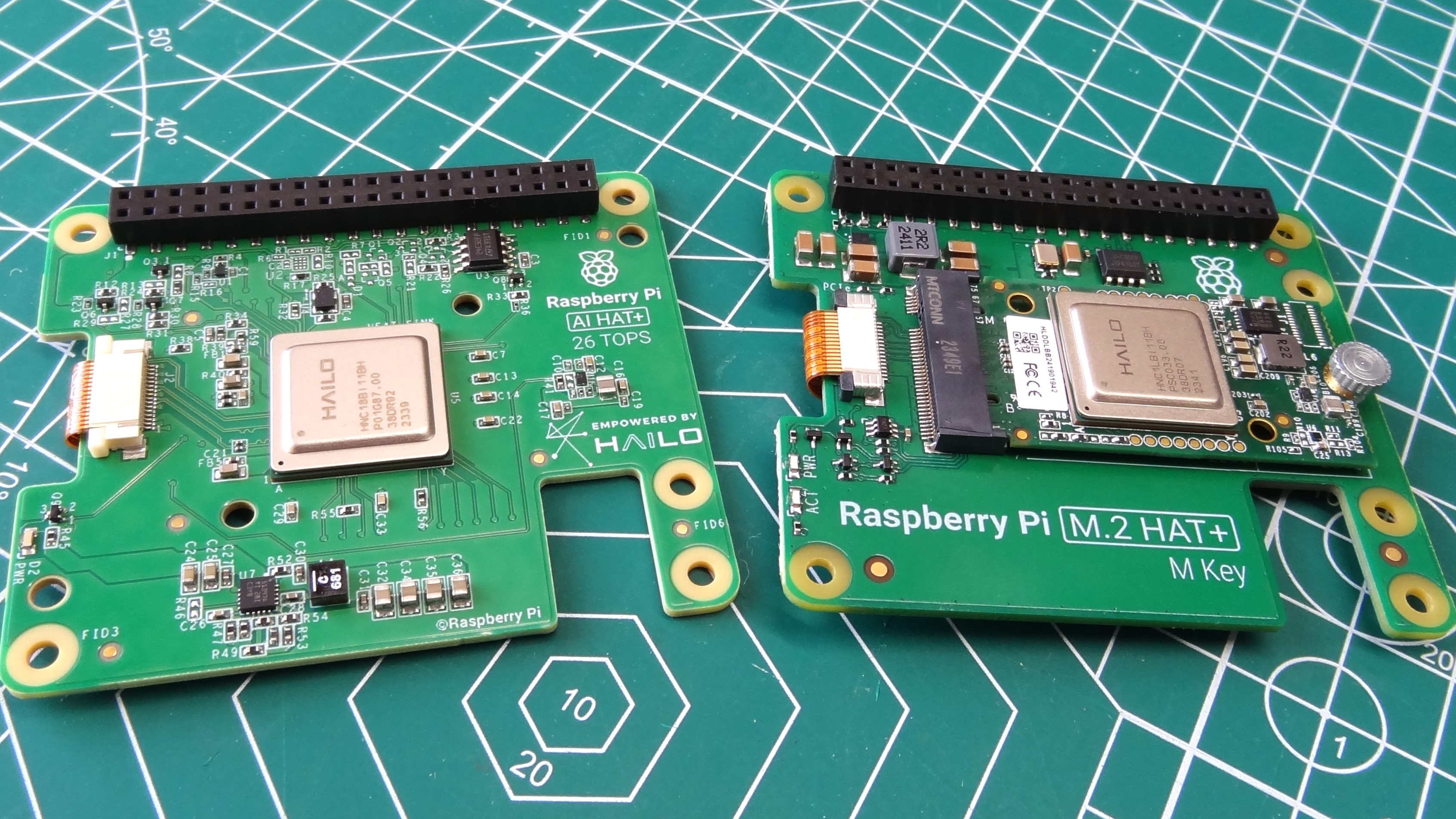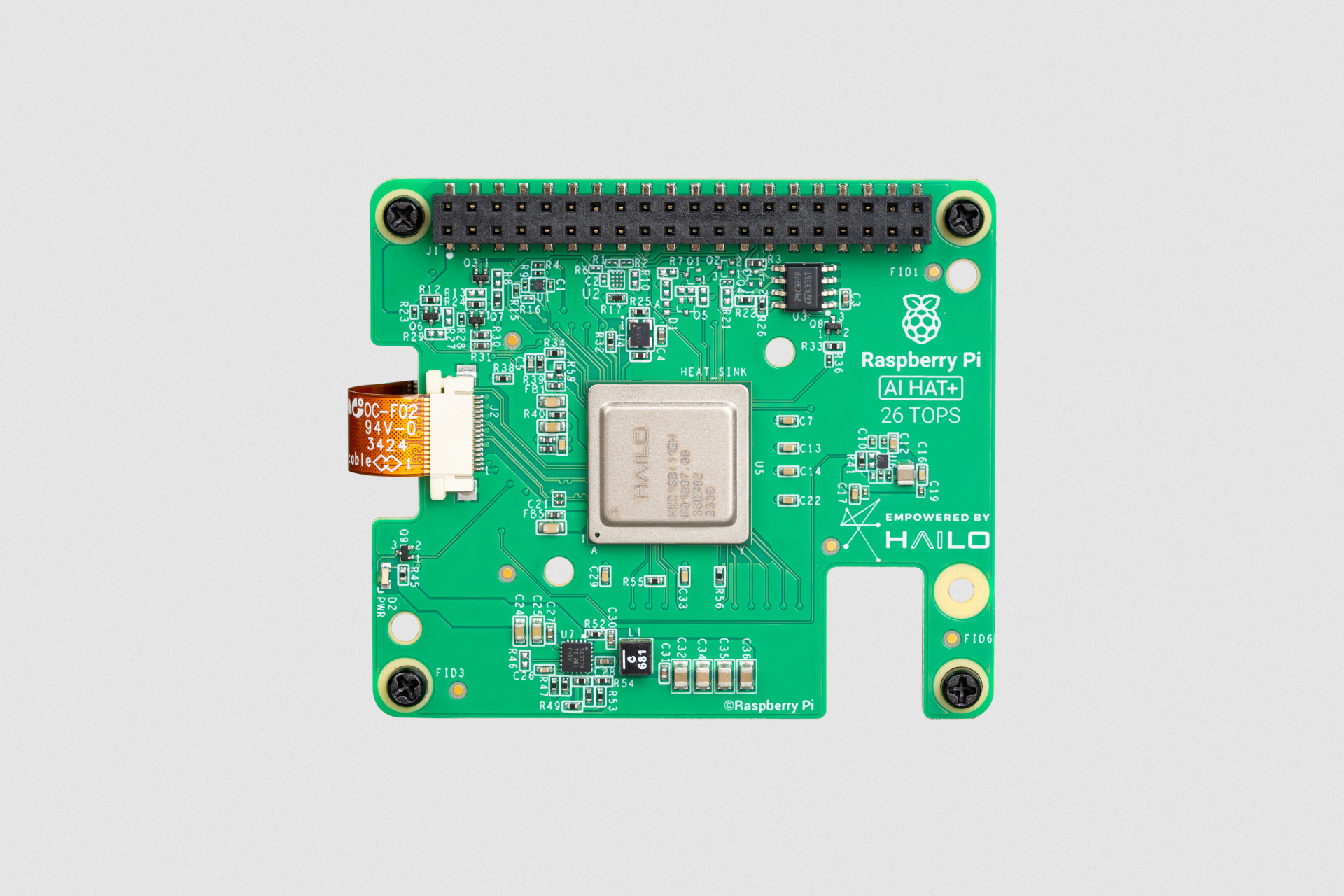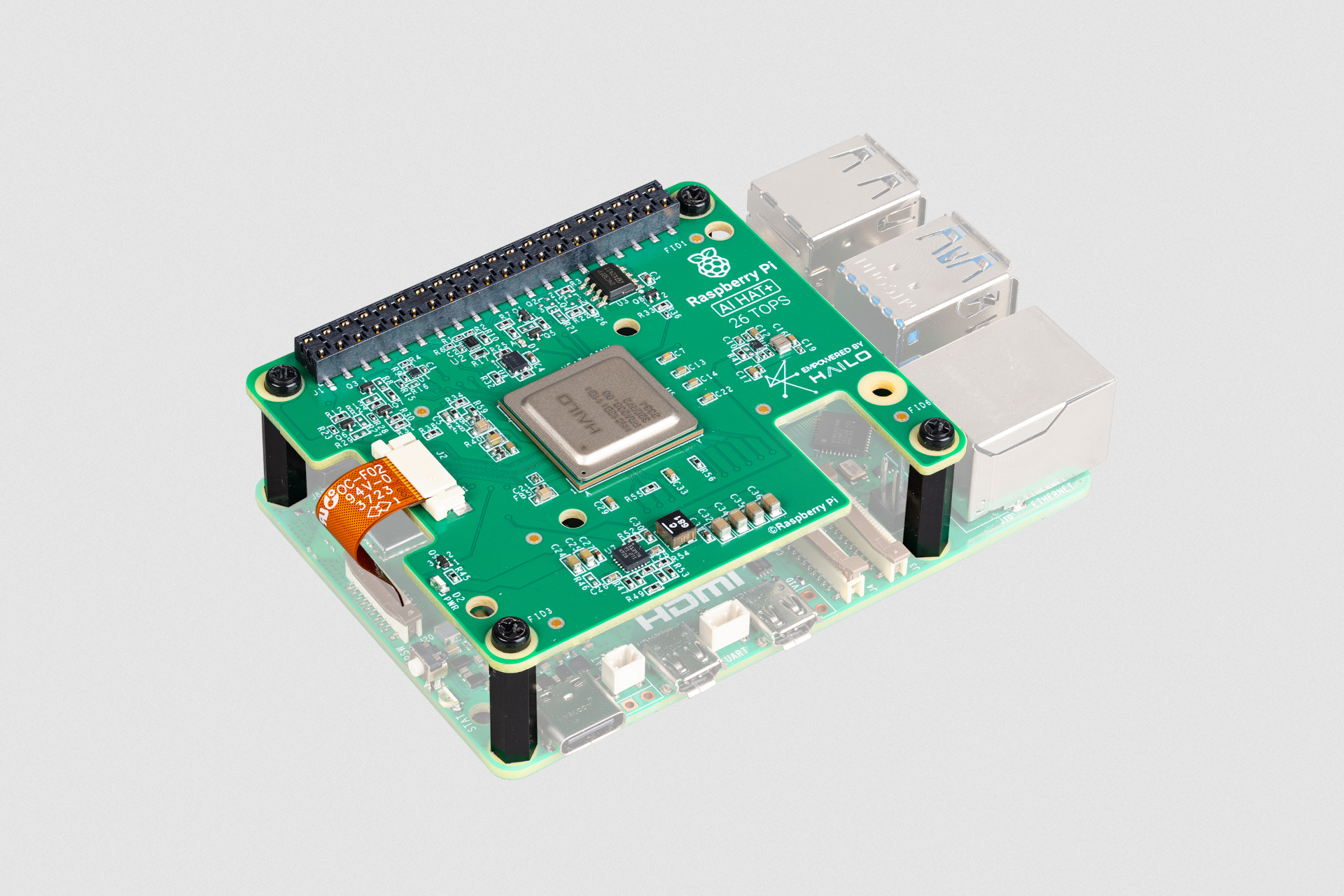
Raspberry Pi has another new product to introduce this week, a continuation of its AI-centric products for the Raspberry Pi 5. The Raspberry Pi AI HAT+ comes in two versions, a 13 and 26 tera-operations per second TOPS and continues its partnership with Hailo.
Fresh from the news that Raspberry Pi now has its own branded SSDs, micro SD cards and a bumper for the Raspberry Pi 5. Raspberry Pi has also announced its third AI-centric product in the form of the Raspberry Pi AI HAT+.



You may be thinking that this looks familiar, and you are partially correct. It looks very similar to the previously released Raspberry Pi AI Kit and it also uses a Hailo-8 neural network inference accelerator. But the AI Kit+ sees the accelerator built into the board, and not via an M.2 interface. However, it still uses the PCIe interface, running at Gen 3 speeds. Much like the Raspberry Pi SSD which also runs at PCIe Gen 3, indicating that Raspberry Pi may shift (if they haven't already) the default PCIe speed from Gen 2 to 3 in a software update.


The new Raspberry Pi AI Kit+ comes in two variants. The 26 TOPS variant provided by a Hailo-8, and a 13 TOPS Hailo-8L version, matching the performance of the Raspberry Pi AI Kit. Raspberry Pi also recently released the Raspberry Pi AI Camera kit, which does not use a Hailo accelerator. Instead the Camera kit uses a Sony IMX500 “Intelligent Vision Sensor” which is not directly comparable to Hailo boards. But, we are working on a benchmark test that we can use to compare the performance of all three devices.
The 26 TOPS variant is made to handle larger networks, running them quicker than other Raspberry Pi accelerators. The 26 TOPs variant can also run multiple networks simultaneously, something that we will be testing with our 26 TOPs review model.
If you are running the latest version of Raspberry Pi OS, then it will automatically detect the on-board Hailo accelerator, making it available for use in AI applications including rpicam-apps and Picamera2.
The Raspberry Pi AI HAT+ comes with 16mm spacers (providing clearance for the Active Cooler), stacking header and flat flex cable to connect to the PCIe connector on the Raspberry Pi 5. We’ve got one on the desk, and we shall be testing and comparing it to the other Raspberry Pi AI products in a full review.







